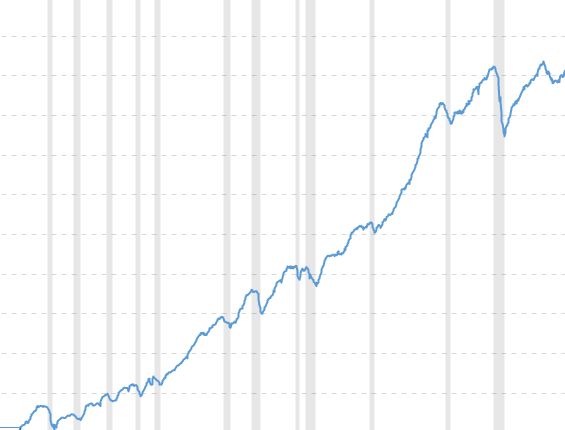An industrial production index is a monthly economic indicator that measures real output in many industries, including manufacturing, mining, electric, and gas.
The Federal Reserve Board (FRB) publishes it in the middle of every month, and the Conference Board, an economic think tank led by its members, reports on it. At the end of every March, the FRB releases revised estimates.

What is the industrial production data index (IPI)?
This index measures industrial production in manufacturing, mining (including oil and gas drilling services), and electric and gas utilities. Additionally, it determines capacity, an estimate of the maximum production levels that can be sustained, and capacity utilization, which is the ratio between actual production and capacity.
Calculating the IPI
As an index level, industrial production and capacity levels are expressed concerning a base year, 2012. The figures do not express the absolute value or volume of production but the difference between 2012 and today. The Fisher-ideal formula aggregates industry association and government agency data into the index. Several sub-indices provide an in-depth look at highly specific industries within the IPI.
Benefits of the industrial production index (IPI)
A manager or investor with specific business lines can benefit from industry-level data. In contrast, an economist or investor with a broad interest in macroeconomics will benefit from the composite index. Most economic growth variation can be attributed to changes within the industrial sector.
Industrial production impact on forex markets:
Liquidity is the main reason why industrial production also impacts forex. Any event that has an impact on currency will have an impact on the economy since industries run on currencies. It will also affect a nation’s currency when its economy has undergone a correction.
Consequently, when people trade currencies, they will notice an impact from the currency’s position. In the forex market, currency strength reflects the health of a nation. There will soon be a significant drop in currency value, negatively impacting its position on the forex market. Because of this, every trader needs to pay attention to industrial production.
A declining slope in the data will affect the GDP and other metrics of the country. An underperforming country might not attract foreign investors if it has weak reports.
All factors compound together:
In addition to this single metric, several other factors suffer direct or indirect consequences.
Any metric, be it the IPI, GDP, unemployment rate, or any other, adds up. Consequently, traders are advised to review the reports to check the country’s stability. A trader can only define profitability after knowing the stability of the country.
To succeed, you must pay special attention to this factor, whether you are a beginner or an advanced trader. You will gain an edge by combining this data with your technical analysis. Incorporating IPI into your data will help you refine your forex trading strategies.

Bottom line
The forex market is extremely volatile, and several factors can turn things around. Boosting productivity requires reliable data from reliable sources to be on the safe side. It is possible to make accurate decisions once you learn to interpret industrial production. IPI is an important component of your forex marketing strategy, and now is the perfect time to introduce it to your strategy. Don’t forget to keep track of the currencies you are trading in all the countries. Using this data set, you can learn the IPI in a shorter amount of time.


